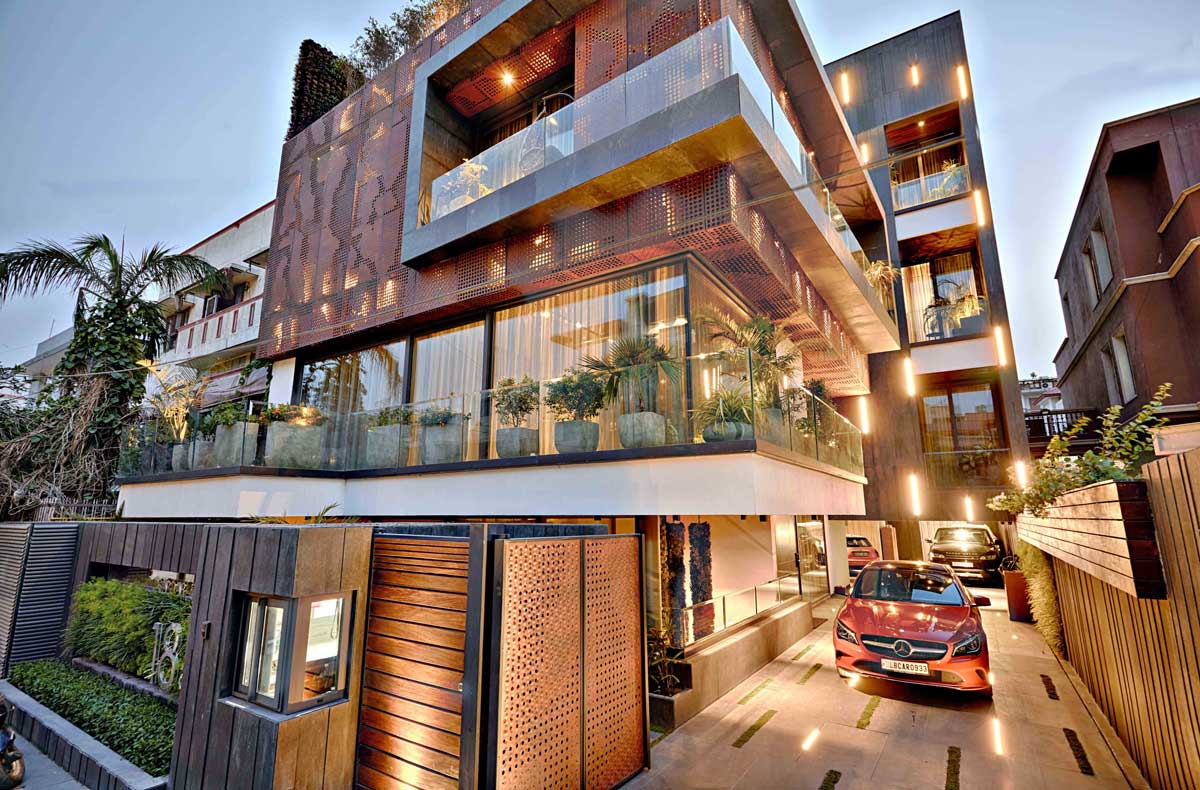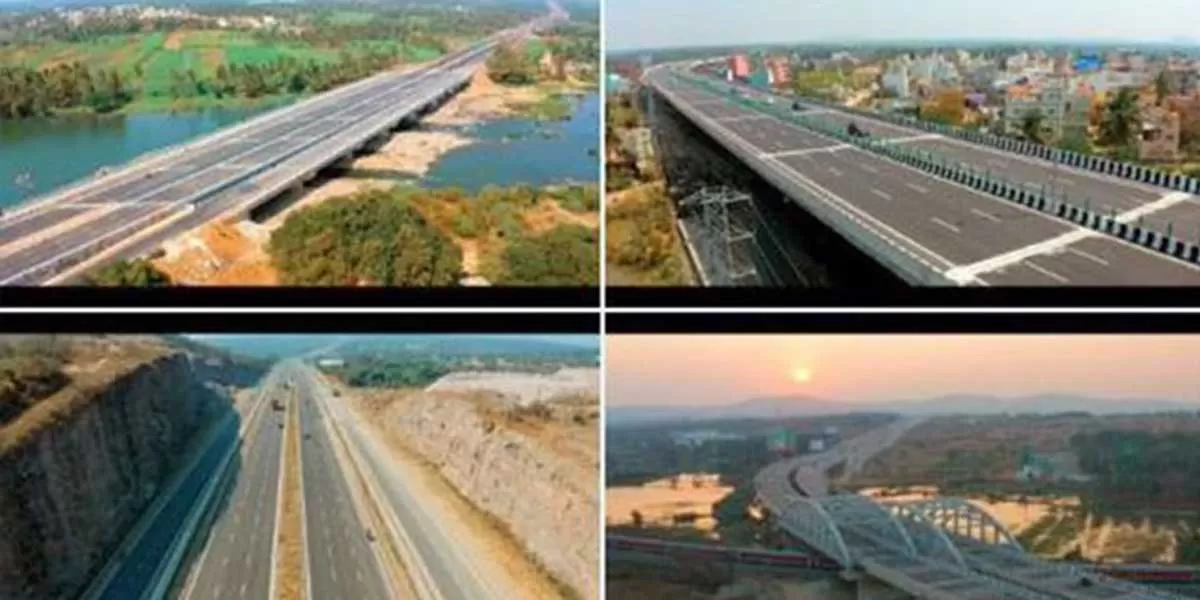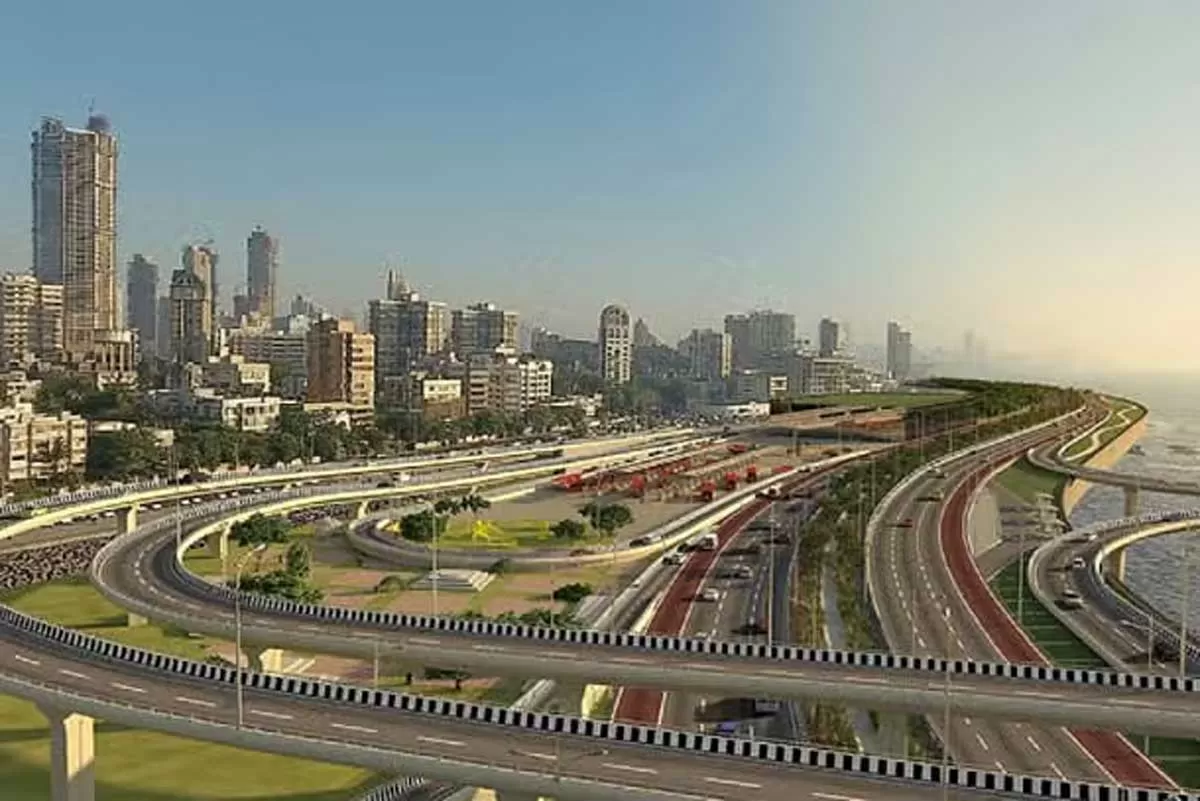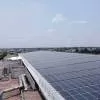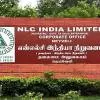Protection, insulation, an increased lifespan and aesthetics…all these desirables fall under the ambit of roofing and cladding. While protecting a building and its inhabitants from the weather, like rain, snow, wind or sun, is ideally the main purpose of roofing and cladding, their role in the built environment has gone much further. That apart, the geographic diversity of India has led to the use of numerous materials for roofing and cladding, such as clay, concrete, metal, stone, thatch, brick, terracotta and glass.
Latest trends
Façade claddings are evolving rapidly with their functional features being upgraded and their aesthetics getting more contemporary and smarter. “Facades are the key elements to beautify structures,” says
Gaurav Sanghavi, Partner, Pentaspace Design Studio. “The latest trends include perforated parametric designs, fibre-reinforced polymer (FRP), green façade, and solar cells or PV solar façade.Three of the more exciting façade technologies that have been developed are electrochromic glass façade (or smart glass), kinematic façade and transparent solar panel roofing.”
According to Mahendra Pawar, Founder, Zen Bull Architects, technological innovation has given rise to new-age options, which include cool roofs, green roofs and solar shingles. “Cool roofing materials are designed to reflect as much of the sun’s heat away from a building as possible, rather than absorbing it like most traditional roofing materials. This helps keep your property cooler, which in turn increases its energy-efficiency by requiring less energy to be spent on cooling. It also prolongs the life of a roof by minimising damage caused by sunlight. Green roofs, as the name implies, are designed to be covered by plants. They contain a waterproofing layer, a drainage system, a roof barrier, and space to grow vegetation. They can even include entire gardens, complete with water features. This creates a sustainable alternative to traditional roofing that gives a property a wholly unique look and can be extremely beneficial to the environment. Solar shingles,meanwhile, are made of slim photovoltaic (PV) sheets that either overlay or replace the existing shingles on a roof. They absorb sunlight and convert it into electricity.”

Metal, fibreglass and asphalt roofing - evergreen materials
While the roofing and cladding industry has witnessed numerous innovations, the popularity of metal, fibreglass and asphalt roofing has never fadedin this evolutionary narrative.
“Metal roofs have a long lifespan, are resistant to fire and weather damage, and are environment-friendly,” points out Vivek Bhole, Chairman & Managing Director, Neo Modern Architects. “Fibreglass roofs are lightweight, strong and have excellent resistance to corrosion and weathering. And asphalt roofs are affordable, easy to install, and available in various colours and styles, making them a popular choice for residential roofing. These elements have transfigured the roofing industry with their combination of durability, affordability and aesthetic appeal.”
Anurag Pashine and Pallavi Pashine, Principal Architects, Salankar Pashine& Associates, agree, saying, “Metal, fibreglass and asphalt roofing has been substantially revolutionary for the roofing industry by making way for more efficient and sightly installations. The quality of roofing systems has visibly elevated in addition to the range of variations like long-span roofs and skylights, among others. These systems make a long-term promise to building and structure, ensuring prolonged performance.”
Impact of parametric and biophilic design
With the infusion of AI in design and increasing awareness of sustainable solutions, parametric and biophilic designs have become popular.
“The roofing and cladding industry is undergoing a major transformation with the integration of parametric and biophilic designs,” asserts Amit Goswamy, Partner & Principal Architect.“These innovative approaches are changing the way we think about the design and function of roofing and cladding systems.The combination of these two approaches offers a powerful toolset for creating systems that are not only aesthetically pleasing but also highly functional, sustainable and user-friendly.”
“The concept of parametric design allows architects and designers to create more efficient, innovative, and sustainable roofing and cladding solutions,” explains Sumit Dhawan, Founder & Principal Architect, Cityspace’ 82 Architects. “On the other hand, biophilic roofing and cladding solutions incorporate features such as green roofs, living walls and natural materials like wood and stone. These solutions not only provide aesthetic benefits but contribute to energy-efficiency and sustainability. Incorporating these design concepts into roofing and cladding solutions has also led to the development of new materials, such as bioplastics and insulated concrete, and innovative fabrication techniques. For example, the use of parametric design has led to the development of new digital fabrication techniques like 3D printing, which allows for the creation of complex and intricate shapes with minimal waste.”

Energy-efficiency
Apart from protecting the building and elevating the aesthetic quotient, roofing and cladding help make a building energy-efficient. “Earlier, in residential buildings,there were mosaic chips on the terrace that reflected the sunlight from the roof, due to which the apartment below did not have heat gain,” says Sanghavi. “So, it is important to have the right roofing. Today, with so many insulation materials in the market, it is important to select the right roofing material so that the ambient temperature inside the space is at an optimal level, without wasting energy in terms of HVAC. We should use products for insulation and solar panels that absorb heat and converts it to electricity. Also, the orientation of the plan plays a major role in understanding heat gain. This, in turn, helps to choose specific materials on that surface that aid in establishing a pleasant atmosphere inside.”
Elaborating on the energy-efficiency imperative, Bhole says, “Modern roofing systems feature thermal and acoustic insulation as an integral part of their assembly. This is typically achieved through the use of mineral wool, such as rock, glass or stone wool. Energy-efficient cladding systems can be classified into two main types. The first is the open joint system, also known as a ventilated facade system, which allows hot air to escape and be replaced by cooler air. This helps to reduce thermal stress on the wall and minimises condensation within the cavity between the wall and cladding. The second type is the closed joint system, which utilises thermal insulation between the wall and the cladding surface. There are a variety of materials commonly used for cladding, including solid aluminium sheets, aluminium composite panels, zinc panels, stone, sintered tile, terracotta, GFRC panels and solid surfaces such as Corian.”
When it comes to energy-efficiency, a number of architects and designers believe solar panel-integrated cladding is also a viable option. “Solar panel-integrated cladding is an innovative technology that has the potential to revolutionise the world of building materials and their impact on energy-efficiency,” says Dhawan. “Solar panel-integrated cladding can help buildings generate their electricity and lead to significant cost savings on energy bills over time, as well as a reduced carbon footprint.
Building-integrated photovoltaic (BIPV) technology, which involves incorporating solar panels into the building envelope, is already being used in some buildings, and there is ongoing R&D in this area. As technology improves, energy costs rise and environmental concerns become more pressing, we will definitely see an increase in the adoption of this innovative technology.”
Facade design and cladding
Facade designs have become creative and more expressive, which presents a complex challenge for the cladding industry. “The cladding industry may need to invest in new technologies and processes to accommodate more complex and customised designs,” says Dhawan. “The growing need to create unique and iconic facades may require a broader range of materials to achieve the desired aesthetic effect. This could result in working with a greater variety of metals, glass, stone and composites, as well as experimental materials like bioplastics or 3D-printed components.”
Evidently, facade designs have started influencing the choice of roofing and cladding materials. “Facade design is one of the crucial factors that determines the choice of material,” affirms Dhawan. “The desired aesthetic of the homeowners influences the choice of roofing and cladding, as some materials are more suited to a particular style or design, while others may be more versatile. Further, the climate, as per the building's geography, can impact the choice of cladding materials. Nowadays, the environmental impact of materials has also become a consideration. Materials with a lower carbon footprint or recycled materials that tend to be more energy-efficient and durable are preferred. Additionally, local building codes and regulations may dictate specific requirements for roofing and cladding materials, such as fire resistance or energy-efficiency. Finally, the intended use of the building, whether commercial or residential, may also influence the choice of material.”
Double-shell facades and energy-efficiency
To aid energy-efficiency and boost the aesthetic factor, many designers also recommend the use of double-shell facades.But is it the right option? “When it comes to the use of double-shell facades, much of it has to do with the utility and purpose,” responds Sanghavi. “For example, in the north façade, if we use a double shell, the light quality will reduce. However, on a south facade, the double façade would give a benefit of cutting down the heat.”
And Pashine believes, “Double-shell facades employing the right material and execution are a fantastic idea for implementing energy-efficiency in a building without any external expenses. The double shelling optimises thermal insulation in the building, which in turn dials up the energy performance of the structure to several notches. Additionally, the ventilation system in the summer and solar heat recovery during the winter makes double-glazing facades ideal throughout the year.”
Choice of materials and maintenance
Before a building is constructed, immense thought is given to the use of materials. At this stage, it is necessary to finalise the right set of materials for roofing and cladding too. “The choice of roofing and cladding materials can significantly impact the energy-efficiency, comfort and safety of the building,” Goswamy points out. “The composition of the building, along with environmental factors such as temperature, humidity, wind and rain, can also influence the choice of materials. In this context, the design considerations for roofing and cladding elements include durability, resistance to weathering, fire resistance and maintenance requirements. Other factorsthat may impact the choice of materials include the location, climate and intended use of the building.”
Roofing and cladding solutions require proper maintenance and as the height of a building increases, this can become challenging. “Architects and facade consultants must ensure that the cladding and roofing systems proposed for a building have appropriate access systems in place,” notes Bhole. “Access systems for roofing systems must include latch doors and fall arrest systems. Various systems, such as the Davit arm, monorail and track trolley (BMU), among others, can be provided for cladding. It is important to consider these factors during the design phase to ensure that the building's facade can be efficiently and safely maintained in the long run.”
In conclusion, roofing and cladding are essential components of any building because they provide protection while enhancing aesthetics. When choosing roofing and cladding materials, it's important to consider sustainability, cost and durability. Proper installation and maintenance are also necessary for these materials to function as intended and have a long lifespan. Whether remodelling or creating a new structure, investing in high-quality roofing and cladding enhances any project's appearance and functionality.

